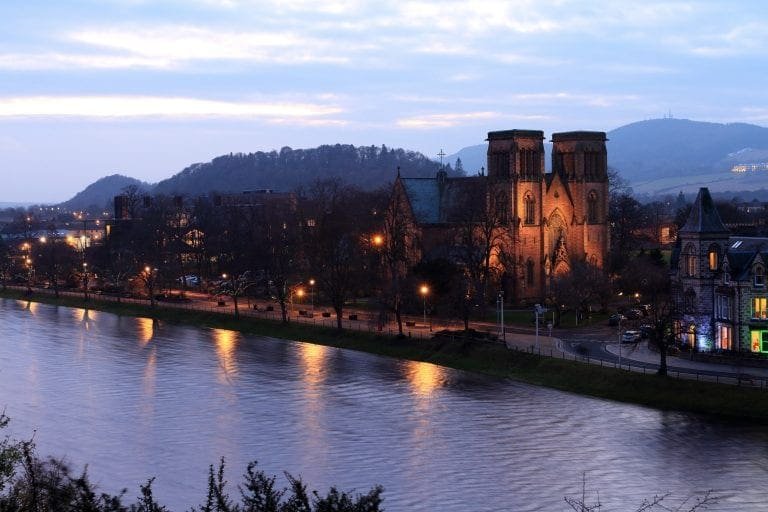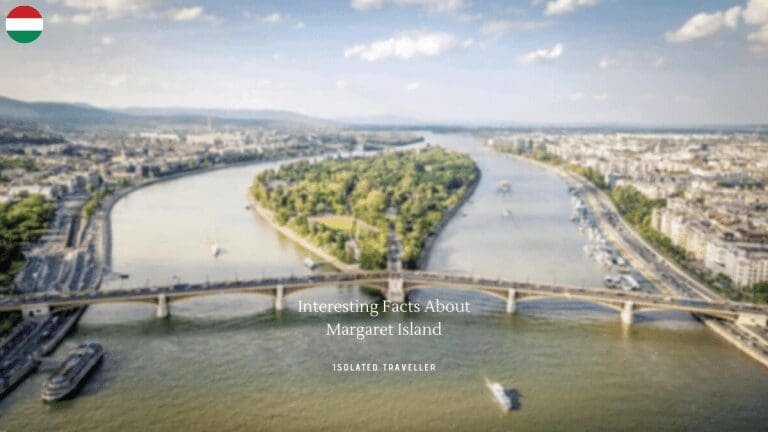Peel, Isle of Man
On the Isle of Man’s western coast, a self-governing British Crown dependency in the Irish Sea is the town and small port of Peel. After Douglas and Ramsey, Peel is the island’s third-largest town by population.
The castle, Peel Castle, which was first constructed by the Vikings in the 11th century and has played a significant role in the island’s history, is perhaps Peel’s most well-known landmark. The ruins of the castle are now a well-liked tourist destination, and the area also has a museum with exhibits on the history of the castle and the Isle of Man more broadly.
The House of Manannan, a museum exploring the island’s Celtic and Viking heritage, and the Peel Cathedral, built in the 19th century and has beautiful stained glass windows, are two additional attractions in Peel in addition to the castle.
Peel is renowned for its seafood, and the town’s numerous eateries feature locally caught fish and shellfish on their menus. There are numerous pubs and bars in the town, some of which offer live music and other forms of entertainment.
Visitors to the Isle of Man enjoy visiting Peel because it is a quaint town with a fascinating history and lots to see and do.
Geography Of Peel
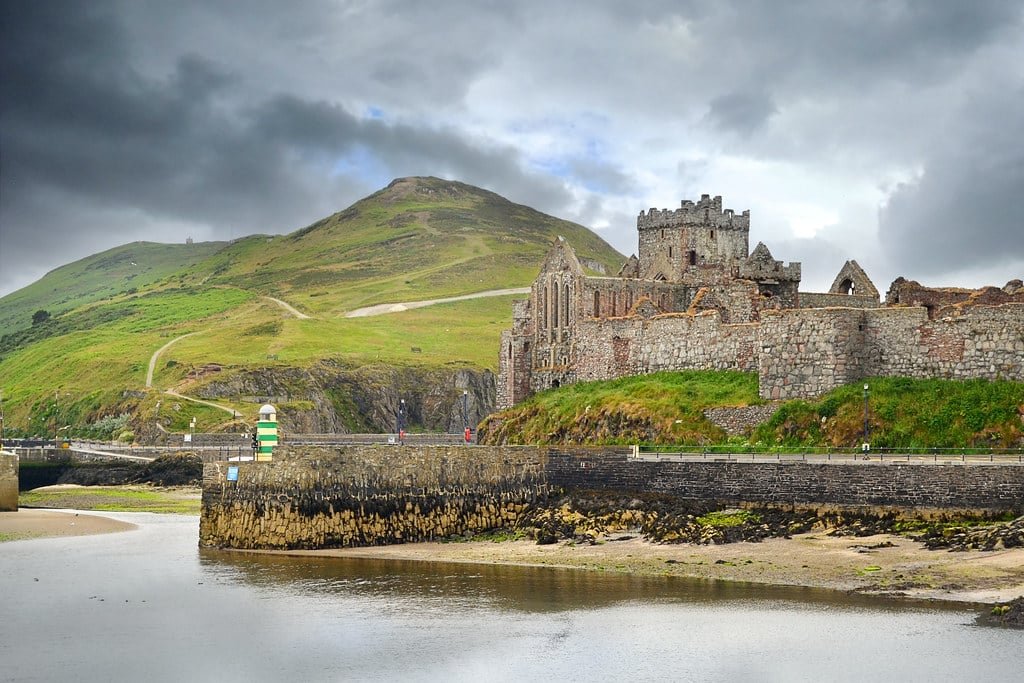
The small island of the Isle of Man, which is situated in the Irish Sea between Great Britain and Ireland, has a town called Peel on its western coast. The town is located at the mouth of the River Neb, which empties into Peel Bay, the island’s westernmost natural harbour.
Peel is made up of rolling hills and coastal cliffs, and it has a total area of about 4.9 square kilometres (1.9 square miles). Corrin’s Folly, a hill that rises to a height of 200 meters (656 feet) above sea level and provides panoramic views of the surrounding countryside, is the highest point in the area.
Many beaches line the town’s coastline, including Fenella Beach, which is close to Peel Castle and a favourite summertime location for swimming and tanning. Fishermen enjoy the nearby waters for their ability to catch a variety of fish species, such as mackerel, cod, and herring.
The island’s largest city, Douglas, is located about 16 kilometres (10 miles) to the west of Peel, which is connected to the rest of the island by a network of roads. A smaller airport, Ronaldsway Airport, which is about 20 kilometres (12 miles) southeast of Peel and provides connections to other cities in the British Isles, also serves the town.
History Of Peel
Peel has a lengthy and intriguing past that dates back more than a thousand years. The town was first inhabited by Vikings in the tenth century, and during the medieval era it developed into a significant trading and commercial hub.
The Vikings constructed a castle in Peel in the eleventh century to defend their town from invasion. The castle, which is now a well-liked tourist destination, had a significant historical impact on the island, having served as a tactical stronghold for numerous kings and invading armies over the centuries.
Peel developed into a significant fishing hub during the medieval era as boats from the town ventured out into the Irish Sea to catch herring, cod, and other fish species. The town also developed into a hub for the manufacture of kippers, a type of smoked herring that is still a beloved regional delicacy today.
Peel went through a period of expansion and development in the 19th century, with the building of new structures and infrastructure, including the Peel Cathedral, which was built in 1879. Due to its picturesque coastline, old castle, and extensive cultural history, the town also became a well-liked tourist destination.
Peel is still a significant fishing and tourist hub on the Isle of Man today. Visitors from all over the world continue to flock to the island because of its vibrant pubs, restaurants, and cafes, which give them a taste of its distinctive culture and cuisine.
Peel Economy
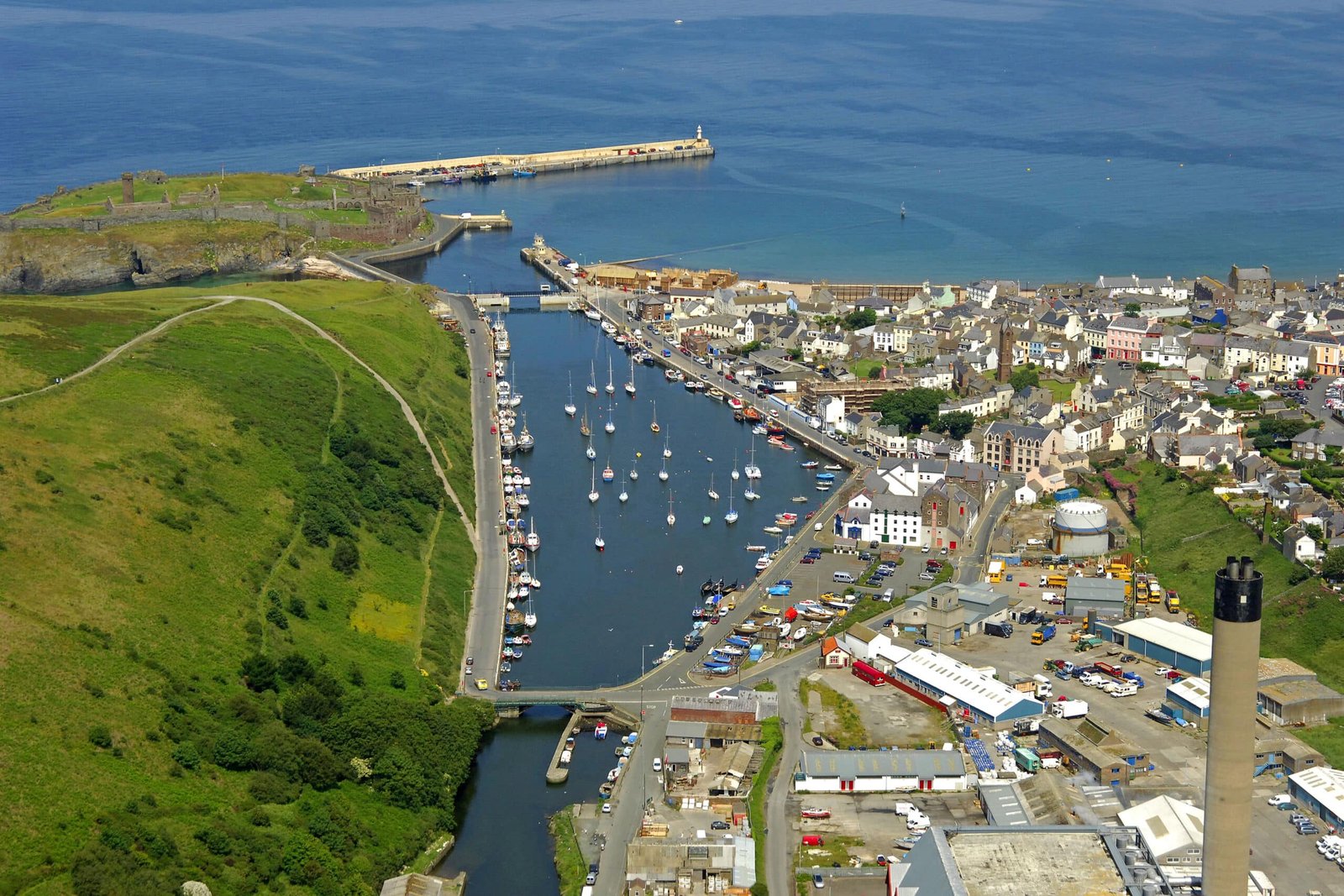
Tourism, fishing, and agriculture are the main industries in Peel. Due to its popularity as a travel destination, the town has a thriving hospitality sector, with a large number of hotels, guesthouses, and eateries that welcome travellers all year long. Among Peel’s top draws are its historic castle, cathedral, and beaches. The town also hosts a number of festivals and events that draw tourists from all over the world.
Peel’s fishermen venture into the Irish Sea to catch herring, cod, and other fish species. Fishing is another significant industry in the town. The town is particularly well-known for its kippers, a type of locally produced and exported smoked herring.
Peel’s economy also benefits from agriculture, with local farmers growing a variety of crops like potatoes, barley, and turnips. Numerous dairy farms can be found in the town as well; these farms produce milk and cheese that are both sold locally and exported to other regions of the island.
The technology and financial industries have seen some growth in Peel recently, with several businesses establishing offices there. However, tourism, fishing, and agriculture continue to be the town’s main economic drivers and offer many residents jobs and other financial opportunities.
Peel and nearby Attractions
Visitors can enjoy a variety of attractions and activities in Peel and the neighbourhood. Here are some of the most well-liked:
- Peel Castle has had a significant impact on the history of the island since it was first constructed by the Vikings in the eleventh century. The castle’s ruins are now a well-liked tourist destination, and guests can explore the structure’s historic walls and towers as well as a museum with its exhibits.
- House of Manannan: With interactive exhibits and displays that provide a glimpse into the island’s history and culture, this museum explores the island’s Celtic and Viking heritage.
- Peel Cathedral is a significant cultural and religious landmark and has beautiful stained glass windows from the 19th century.
- Peel Beach: During the summer, swimming, tanning, and water sports are all very popular at this long, sandy beach.
- Niarbyl Bay is a charming bay with a scenic beach and untamed coastal cliffs that is situated just south of Peel.
- The Leece Museum in Peel houses displays of the history and culture of the island, with a focus on the town of Peel.
- Visitors to Peel can sample some of the renowned smoked herring from the town’s kipper factory and observe the traditional kipper smoking process.
- Glen Maye: Popular with outdoor enthusiasts, this picturesque glen has a waterfall, hiking trails, and picnic areas.
- The historic Milntown Estate and Gardens include a manor house from the fifteenth century, formal gardens, and woodland paths.
- Groudle Glen Railway: Just outside of Peel, this picturesque glen is traversed by a narrow-gauge steam railway that gives passengers a singular perspective on the island’s natural splendour.
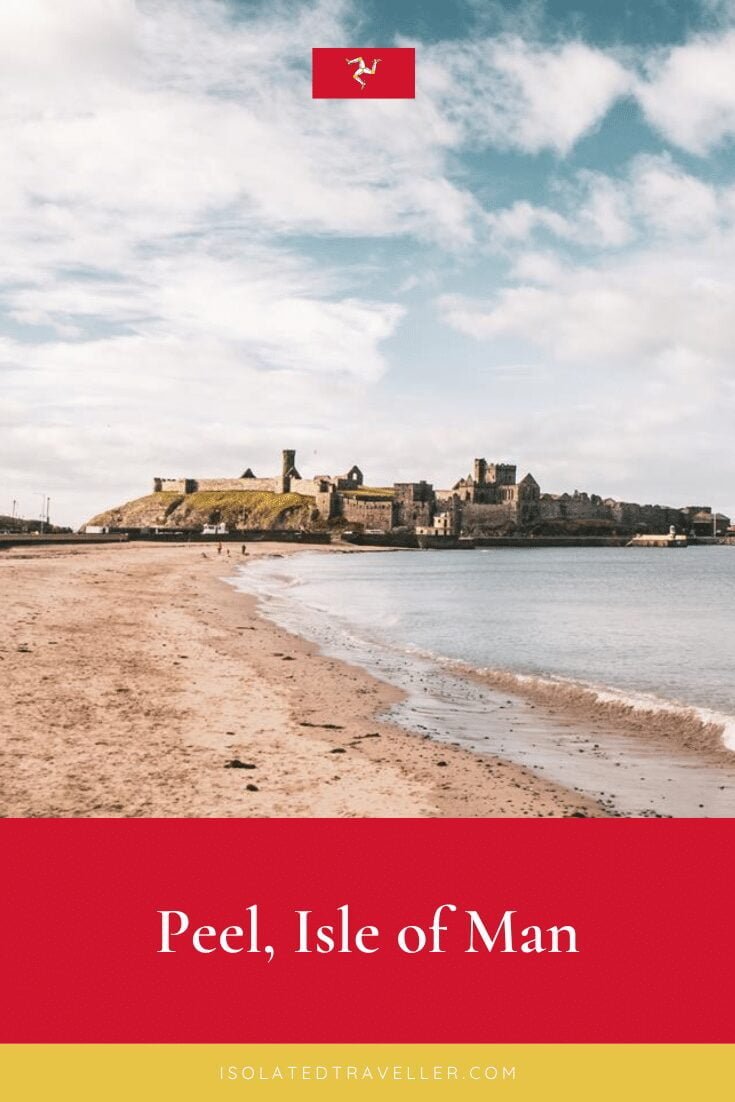
Related Articles:


